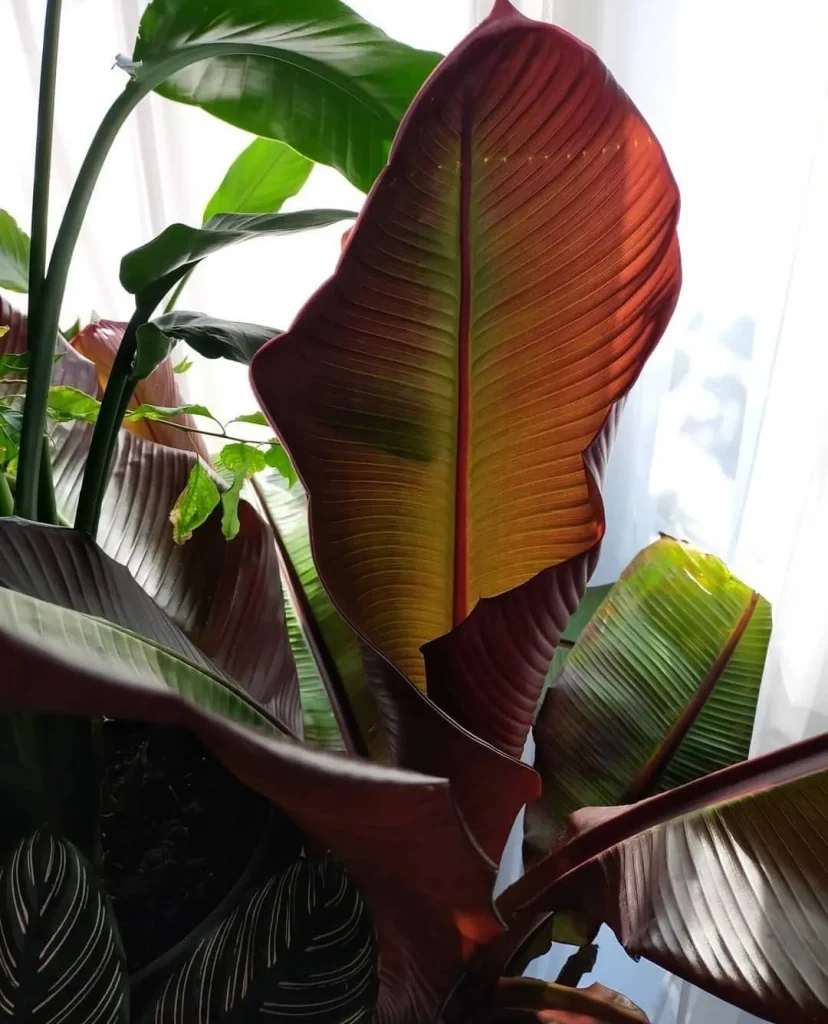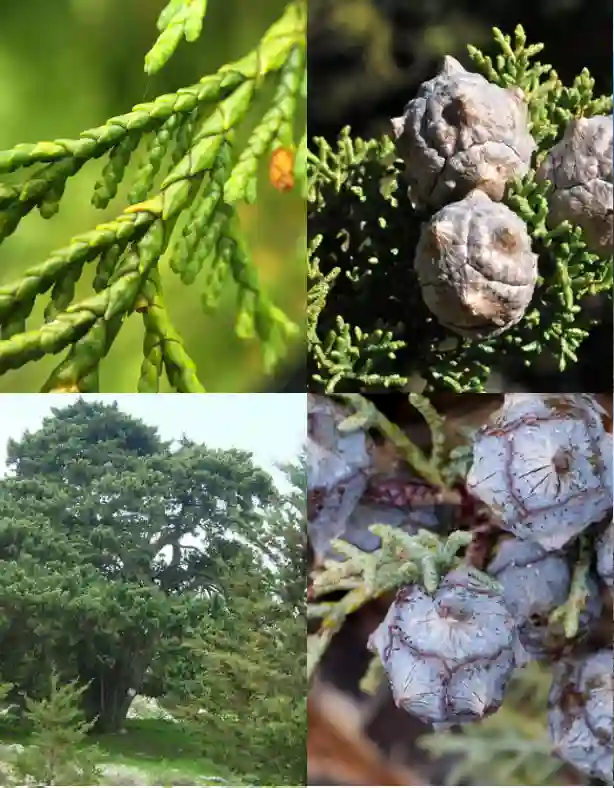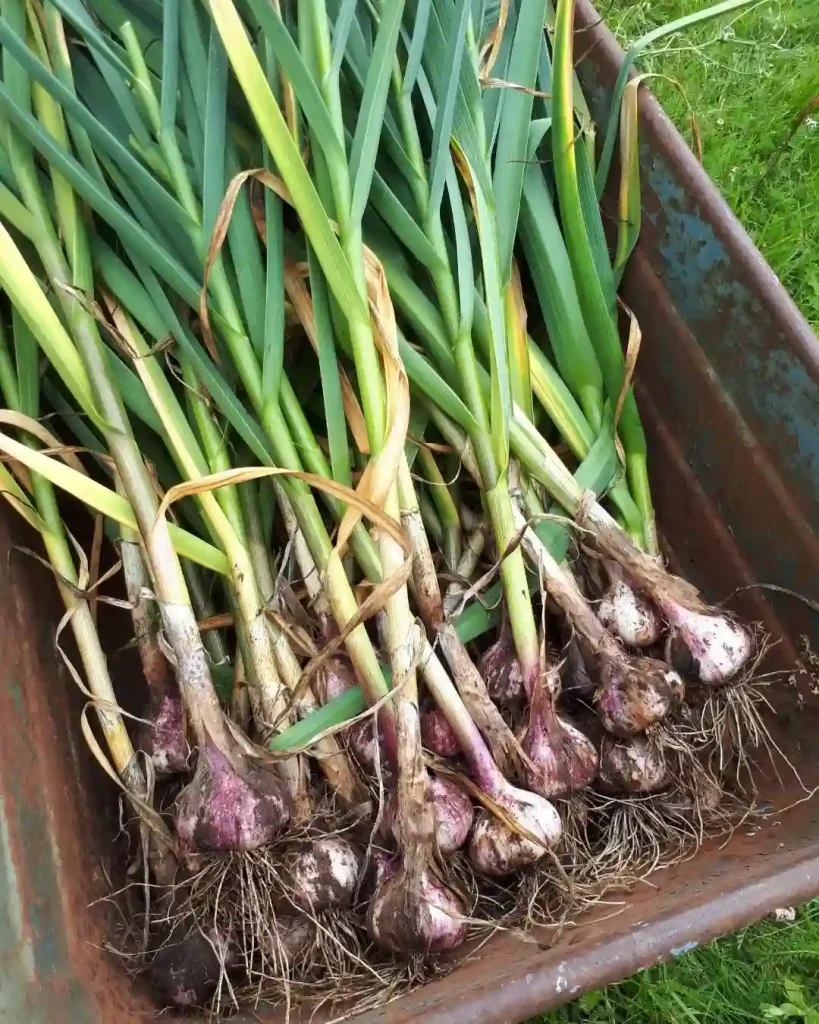The Enigmatic Equisetum Telmateia: A Prehistoric Plant with Modern Uses
For those who enjoy cultivating unique and conversation-starting plants, the Equisetum telmateia, also known as the great horsetail or northern giant horsetail, is a fascinating option. This prehistoric survivor boasts an unusual appearance and a history that stretches back millions of years. But before you rush out and buy one, there are some key things to consider about this botanical marvel.
Plant Family: Equisetaceae – 41 Species in Genus Equisetum – Horsetail
What is Equisetum Telmateia?
The Equisetum telmateia isn’t your average houseplant. It’s a member of a very ancient lineage of plants called horsetails, which thrived alongside dinosaurs during the Paleozoic era. Unlike flowering plants, horsetails reproduce using spores rather than seeds. This unique characteristic adds to their prehistoric charm.
Visually, the Equisetum telmateia is quite striking. It has hollow, ribbed stems that grow in segments, giving it a jointed appearance. These stems emerge from underground rhizomes and can reach heights of several feet. The plant lacks flowers and leaves, relying on chlorophyll-rich branches for photosynthesis.
Is Equisetum Telmateia Poisonous?
Yes, caution is advised when handling Equisetum telmateia. All parts of the plant contain thiaminase, an enzyme that breaks down thiamine (vitamin B1). Thiamine deficiency can cause neurological problems in humans and animals.
Here’s what to keep in mind:
- Wear gloves: When handling the plant, wear gloves to minimize skin contact.
- Keep away from pets: Equisetum telmateia can be toxic to pets if ingested.
- Not for internal consumption: This plant is not for internal use. Don’t be tempted by any online recommendations for consuming it as a tea or supplement.
How to Care for Equisetum Telmateia?
Despite its prehistoric origins, caring for Equisetum telmateia is relatively straightforward. Here are some key tips:
- Light: The plant prefers bright, indirect sunlight. Avoid harsh afternoon sun.
- Water: Keep the soil consistently moist, but not soggy. Allow the top inch of soil to dry slightly between waterings.
- Soil: Use a well-draining potting mix. A mixture of potting soil, perlite, and sand can work well.
- Fertilizer: Equisetum telmateia is not a heavy feeder. A balanced fertilizer applied once a month during the growing season is sufficient.
With proper care, your Equisetum telmateia can thrive for many years.
How to Propagate Equisetum Telmateia?
There are two main ways to propagate Equisetum telmateia:
- Spore propagation: This method is challenging and requires controlled conditions. It’s generally recommended for experienced gardeners.
- Rhizome division: This is the easier option. Simply divide the plant’s underground rhizomes in spring and repot the divisions in separate containers.
What to Plant with Equisetum Telmateia?
Equisetum telmateia’s unique form makes it a conversation starter in any garden. Here are some ideas for companion plants:
- Ferns: Ferns share similar moisture requirements and create a lush, prehistoric atmosphere.
- Hostas: Hostas provide shade for the base of the Equisetum telmateia and offer contrasting foliage.
- Begonias: Colorful begonias add a touch of vibrancy to the scene.
Ultimately, the best companion plants depend on your desired aesthetic and garden conditions.
Where Can I Buy Equisetum Telmateia?
Equisetum telmateia can be a bit tricky to find at your local nursery. However, you can often find it online from specialty plant retailers. Be sure to choose a reputable seller to ensure you’re getting a healthy plant.
The Equisetum telmateia is a unique and fascinating plant that can add a touch of the prehistoric to your garden. With proper care and a little caution, you can enjoy this survivor from the past for years to come.
If i die, water my plants!



